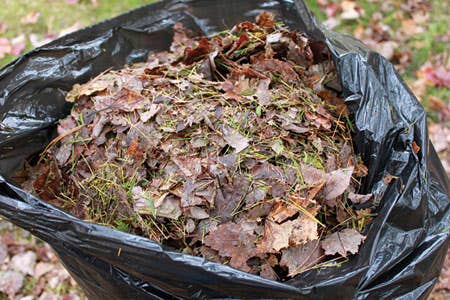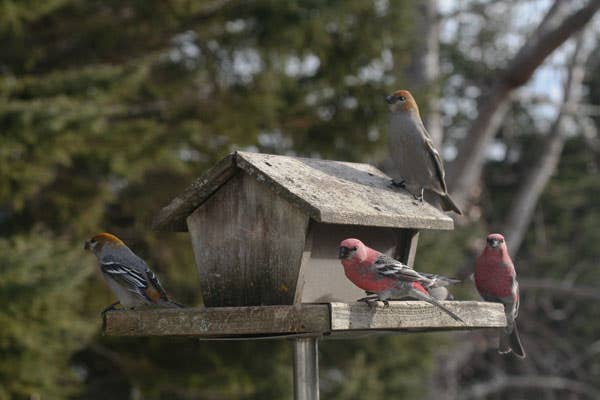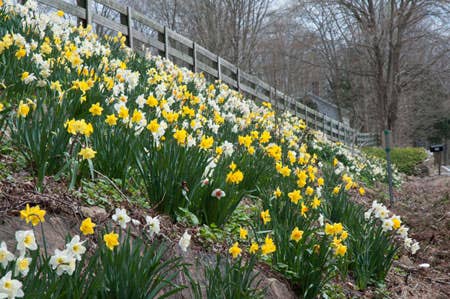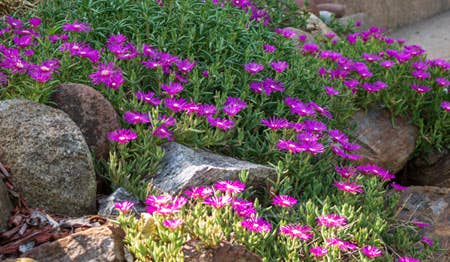More Timely Tips: Holly (Ilex) provides excellent structure for the garden
The holly (Ilex) has been cherished in our gardens for centuries, bringing shining dark green, prickled-edged leaves and bright red berries at a time when the landscape has lost its vibrant fall color. Which hollies work best?
The holly (Ilex) has been cherished in our gardens for centuries, bringing shining dark green, prickled-edged leaves and bright red berries at a time when the autumn berries are going over. That is, if a male tree is nearby to pollinate the flowers on female plants so that they will bear fruit—and if you can manage to share the berries with the birds. Hollies can be grown as handsome specimen trees or trained in different topiary shapes, and holly hedges are effective barriers, if somewhat painful to cut.
Although slow-growing in the early years, hollies make excellent structure plants for the garden. Some of the best include:
Ilex xaltaclerensis 'Golden King' (USDA Zone 6 to 9) Almost spineless leaves with broad gold margins and masses of reddish-brown berries.
Ilex aquifolium 'Argentea Marginata' (Zone 6 to 9) Green stems and broad dark green leaves with white edges. Scarlet berries.
Ilex aquifolium 'J.C. van Tol' (Zone 6 to 9) Abundant, bright red berries and glossy, almost spineless leaves.
Ilex aquifolium 'Myrtifolia Aurea Maculata' (Zone 6 to 9) Dense and compact male variety; a good choice for the smaller garden. Dark green leaves with central splashes of gold.







